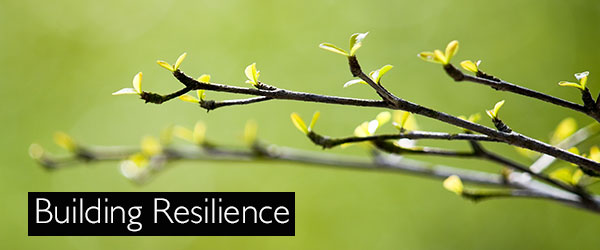The Long Term: Sustaining a High-performing, Positive Culture
Last week, I wrote about the importance of creating a culture by focusing on the things we value most and being deliberate about translating that focus into behaviors that reinforce our key tenets. This week, I examine the keys to sustaining a positive, high-performing culture.
Culture can sometimes be described as a “soft” aspect in an organization. But in fact, culture is driven by “hard” organizational components—including infrastructure, data, reporting and analysis, talent acquisition and management, risk management, financial stewardship, and day-to-day communications. Each of these components must be aligned with the values and vision of an organization in order for the culture to stay consistent.
As I wrote last week, accompanying these “hard” aspects of culture are the vision and the ensuing expected day-to-day behaviors that sustain positivity. Sustaining a positive culture is, in itself, a body of work that requires reinforcing the vision, breaking the vision into expected behaviors, clearly articulating what those behaviors look like, acknowledging and encouraging the named behaviors, and calling out those that do not reflect the named culture. It means naming the values as a part of our job descriptions, performance reviews, and articulating them in ongoing one-on-one and team meetings.
Also essential is an ongoing and consistent process for measuring adherence to the values that comprise our culture. Every one of us is responsible for upholding the vision and the behaviors that accompany that vision. We are all “owners” of the business—in other words, we are stewards of our vision, our values, our behaviors, and the structures that embody our culture.
Who we are internally reflects who we are externally to every stakeholder—from vendors to corporate and contract partners to every constituency we serve. Our culture and the accompanying structural and behavioral building blocks are the keys to organizational success, credibility, and our ability to manifest the Power of Possible in concrete and measurable ways—leading to better lives for those we serve.
I welcome your thoughts.

